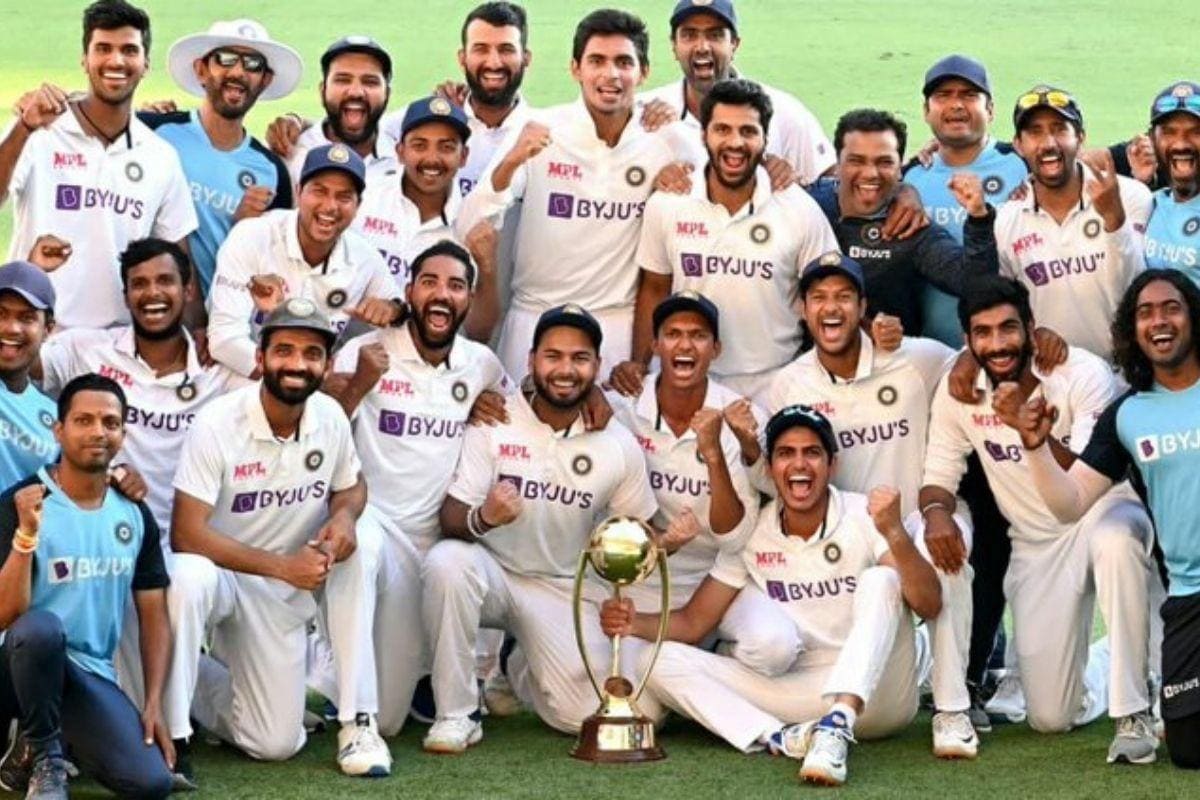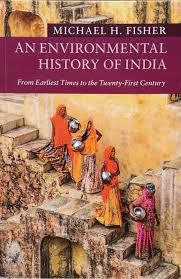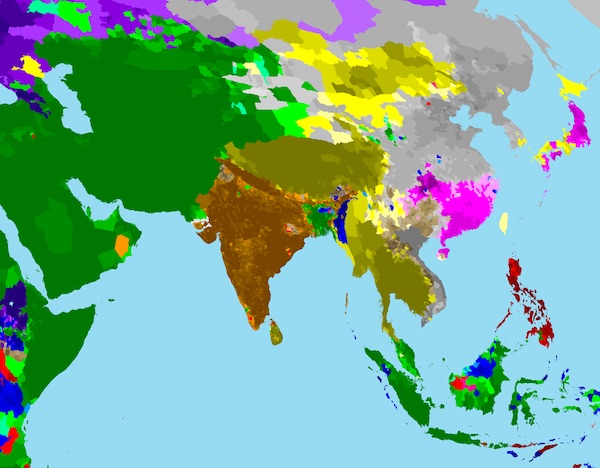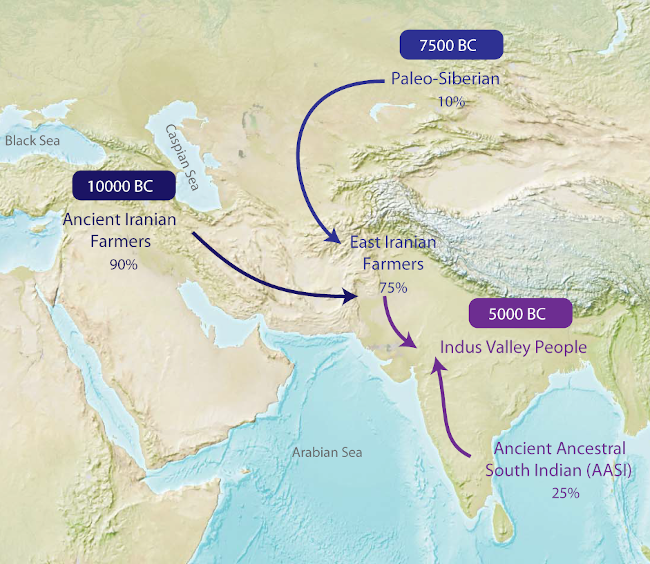
15th February 2015 brought home a realization. India’s ICC- Cricket World-cup campaign had begun with a bang with a convincing victory against the arch rivals. While the social media in India made fun of Rameez Raja and chanted “mauka mauka mauka”, I began contemplating what had changed in me since the moment MS Dhoni hit Nuwan Kulsekara for a 6 to clinch the world cup nearly 4 years ago.
My earliest memory of cricket is a world cup memory – India vs Kenya 1996. Sachin scored a century, Jadeja had added a fifty and India comfortably won the game. I was just under 6 when this game was played. I must have watched cricket before this game as I remember being a Sachin fan. I have some cricket memories before this game, but I cannot be sure whether I remember those games from following them live or just as a collection of memories fused with highlights seen in the coming 15 years as a cricket fanatic. Memory being a tricky concept isn’t just what you remember about a time in the past, but it also encompasses the broader emotional and informative thinking about that “time in the past”. So I assume that memories of me watching matches like “Hero cup final 94” are fabrications because I don’t remember my emotions during this game, unlike the WC-96 Ind-Ken game.
Being a cricket fanatic didn’t just mean being glued to television sets when the match was being broadcast. For me, it also meant learning to read Marathi well. -we didn’t subscribe to English newspapers in my childhood. It also meant the ebb and surge of emotions as a function of Indian-Cricket. The 1 or 2 months of cricket free time seemed to stretch like years. Even trailing 2–0 in a test series didn’t deter me from following through with the same vigor. Waking up at 4 am to watch India beaten in New Zealand in 2002 in 3days or remaining awake till 2 am to watch India’s famous win @ Port of Spain. The sad loss in WCFinal-2003 on my birthday didn’t dampen cricket for me though it saddened my day. The same can be said of India’s loss to Srilanka on the same day in 2007 which included Sachin being bamboozled by a 150+k MPs Dilhara Fernando ball for 0 and India crashing out of WC2007. The cycle of the game went on. The heartbreak @ Chennai against Pakistan where Indian tail fell like a pack of dominos after Sachin’s wicket was reduced greatly by the heroic 10Wicket-match-winning haul by Jumbo @ Delhi in the following match. The spell Indian cricket enjoyed from 2001–2004 under Ganguly and 2007–08–2011 under Kumble and Dhoni was the crowning achievement of Indian Cricket till then. India began winning test matches overseas. Nothing pleased me more than 5 idyllic days of watching dukes ball cricket from 330 to 1030 in the Home of cricket (The duke’s ball is used for Test cricket in England; In India, we use the S.G ball, Australian Kookaburra ball is used in all other countries. I believe that the best contest between bat and ball happens with the Duke’s ball). I still remember the India-England test series 2002 and 2007 and Ashes 2005 with utmost nostalgia.
If the 2007 world-cup disaster was the nadir of the Indian cricket fan, then things could only improve from then on and they did. India won a Test series in England under Dravid. India won the Inaugural T20WC in September in SA. That was followed by the Perth victory and winning the CB series. Sachin who had been criticized (justly) since the 2000s for failing in finals, led the team in both finals to silence his critics. Indian cricket had never reached such consistent high plateaus. If anything this was the foreshadowing of even better things to come. India beat Australia twice in India in tests and drew 3 Test series with the Proteas. (Sadly India played only 2 and 3 test series with them). Indian cricket team also began to chase 200+ run totals successfully in test matches with the most memorable chase (of 387) coming in Chennai against England with Sachin scoring a fourth inning hundred. We even wrestled the No-1 spot in both rankings. Meanwhile, the once written of Sachin was in his purplest patch since the 97–98 season. Scoring runs in Tests ODIs and IPL, he kept pleasing his gigantic fan base. Sachin and Gambhir facing the incredible spells of fast bowling of Steyn and Morkel @ Capetown with elan to set up an incredible series win (Which wasn’t to be; due to Kallis and Boucher)with the series poised @ 1–1 were extremely fulfilling. The natural course for this buildup of performance was bound toward the WorldCup dream which was realized in early April 2011.
The post WorldCup party lasted for days. But fortunately or unfortunately within days, the focus was on IPL, thanks to the advertisers and organizers who were quick to exploit the euphoria of World-cup win. Never a huge fan of the 20 over format, I had nonetheless followed previous IPLs. But if anything was overkill, it was the IPL in 2011. The somewhat scripted drama, the page 3 news, the frequent controversies, all conspired to dampen the spark caused by pure cricket. Then began the sudden fall of Indian cricket with consecutive 4–0 drubbings in the 2011–12 season.
A few days after the comfortable win against Pakistan, I sat contemplating why don’t I feel any longing, connection, or zeal toward Indian cricket (even cricket in general). The answer is multi-faced. Maybe the ambition of the Indian cricket fan was completed emphatically with Dhoni’s 6. The abysmal performance in England and Australia, (my 2 favorite cricketing locations) once a regular occurrence now felt unworthy of world champions. Having supported this very team after numerous debacles, suddenly I found the rapid fall from the cricket zenith too much. Engaging in a more active social life, I found following Test cricket which I never missed, difficult. Excess of 300+ scores in 1Day games has also made the contest between bat and ball-less appealing. Cricket (At least the one Indian cricket team played) since 2011, seemed to focus on economy rate instead of strike rate. All these reasons combined made cricket much less appealing for the most part of the previous decade.
But then things again began to change for me and Cricket over the last couple of years. I have followed the 2018 India England series, 2018 India Australia series, and 2019 Ashes and 2019-WC somewhat sincerely but never reaching the pre-2011 levels of interest. Then came the 2020-21 Border Gavaskar series.
Having taken a break from social media (Twitter, Instagram, Facebook) and reading and writing (history, politics, literature) & still following social distancing norms, I started following the cricket between India and Australia more and more as the tour went on. Surprisingly the 36 all out at Adelaide did not turn me off from the rekindling of my lost passion. I continued following the series which turned out to be as good a series as any I have followed (up there with 2001 India Aus and 2005 ashes). The finale at Brisbane was well and truly beyond the wildest dreams of any Indian fan from before 90’s and 2000’s. I will not be adding to the already exhaustive coverage of the recent series here but just note that this series was truly remarkable as test series go.
With completion of the this extraordinary series, not only is my interest back but also the adrenaline and tension. With 2 India England series and Ashes to follow, 2021 looks like a promising year.





